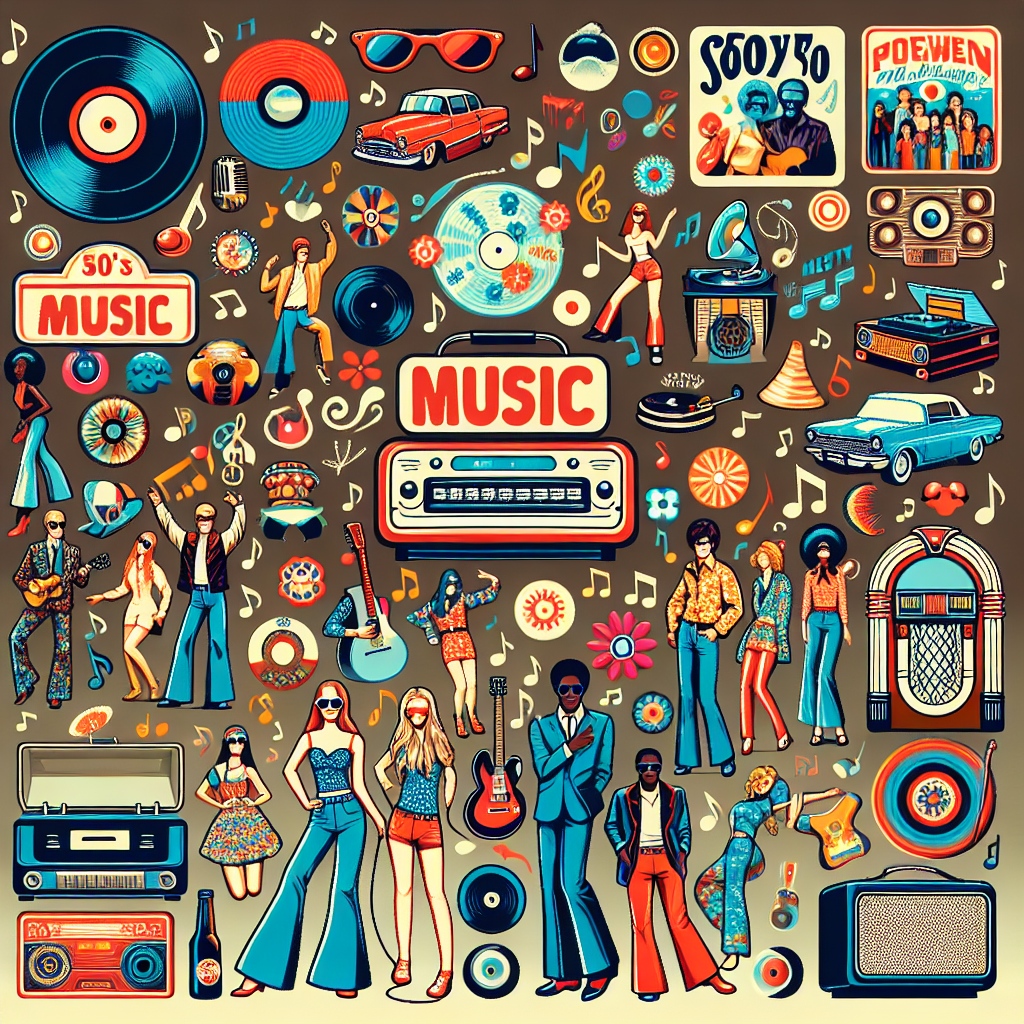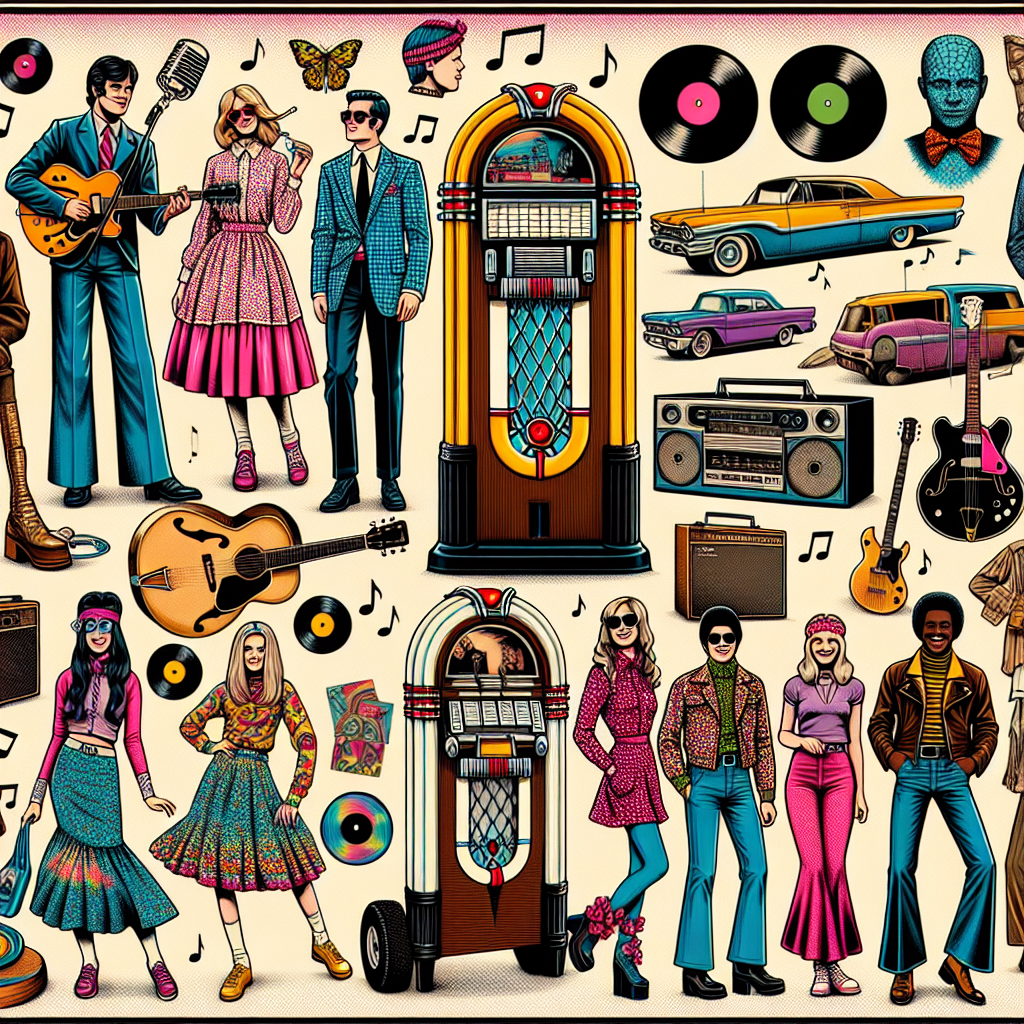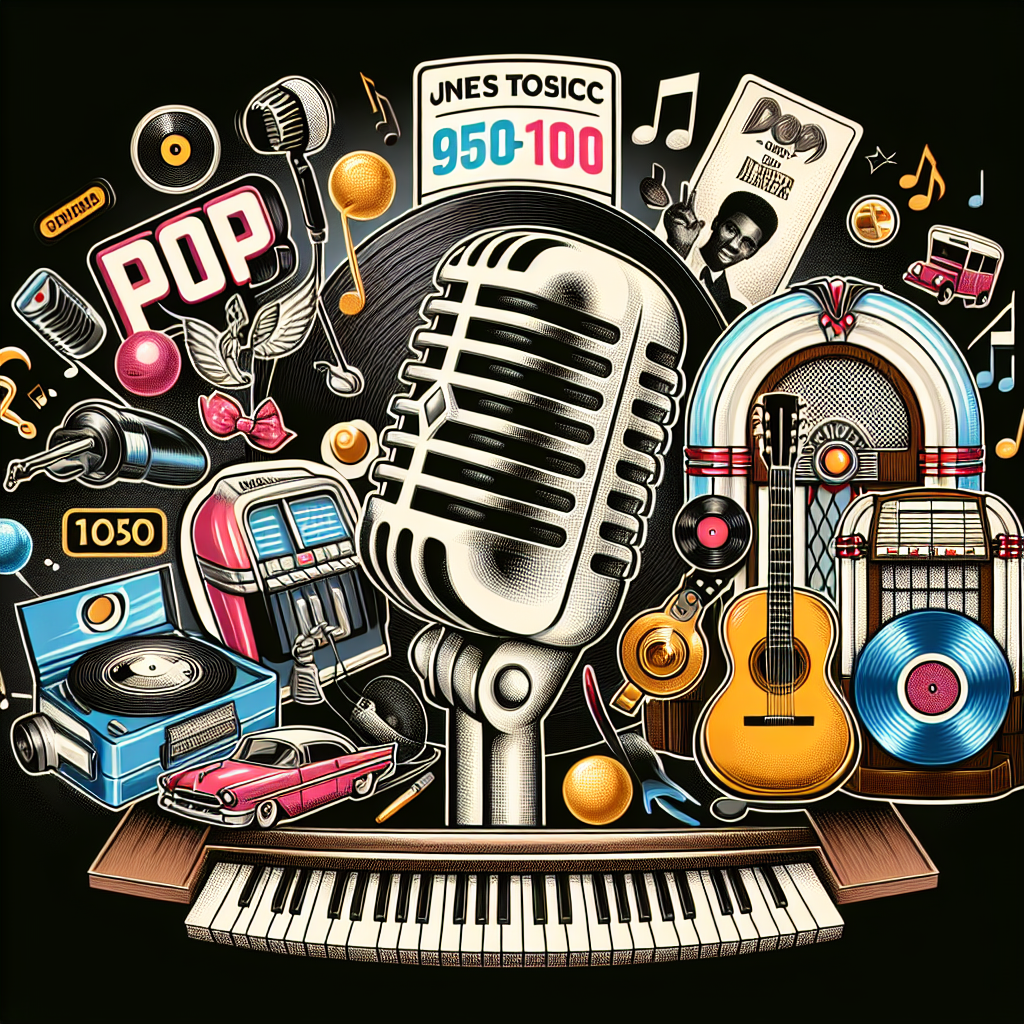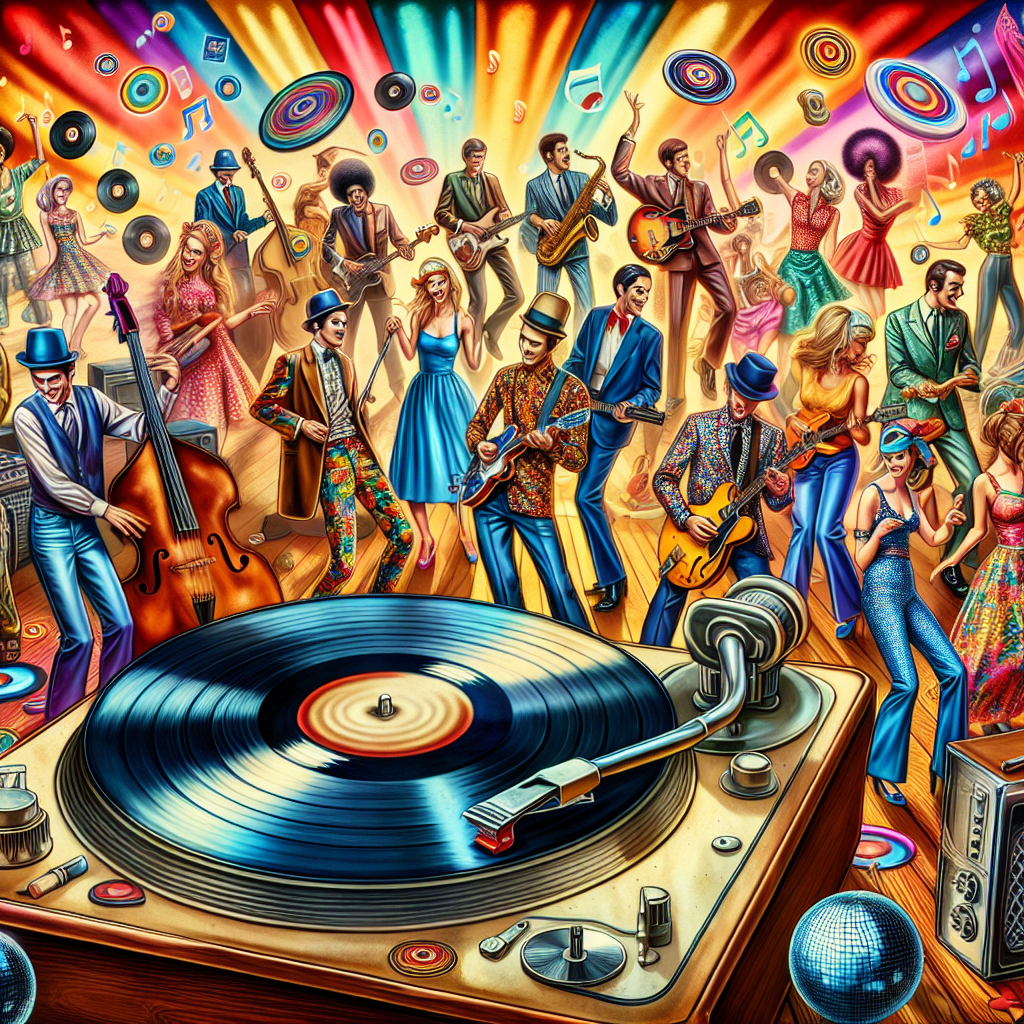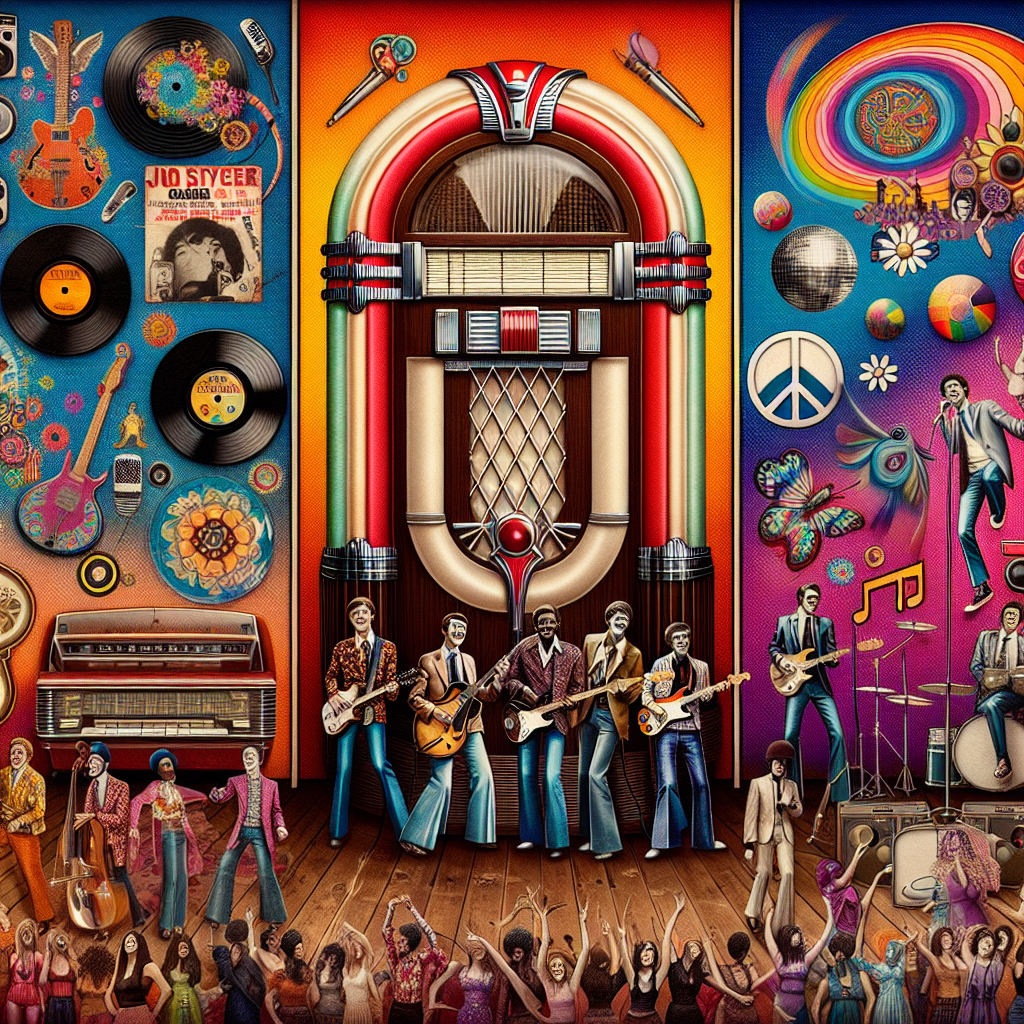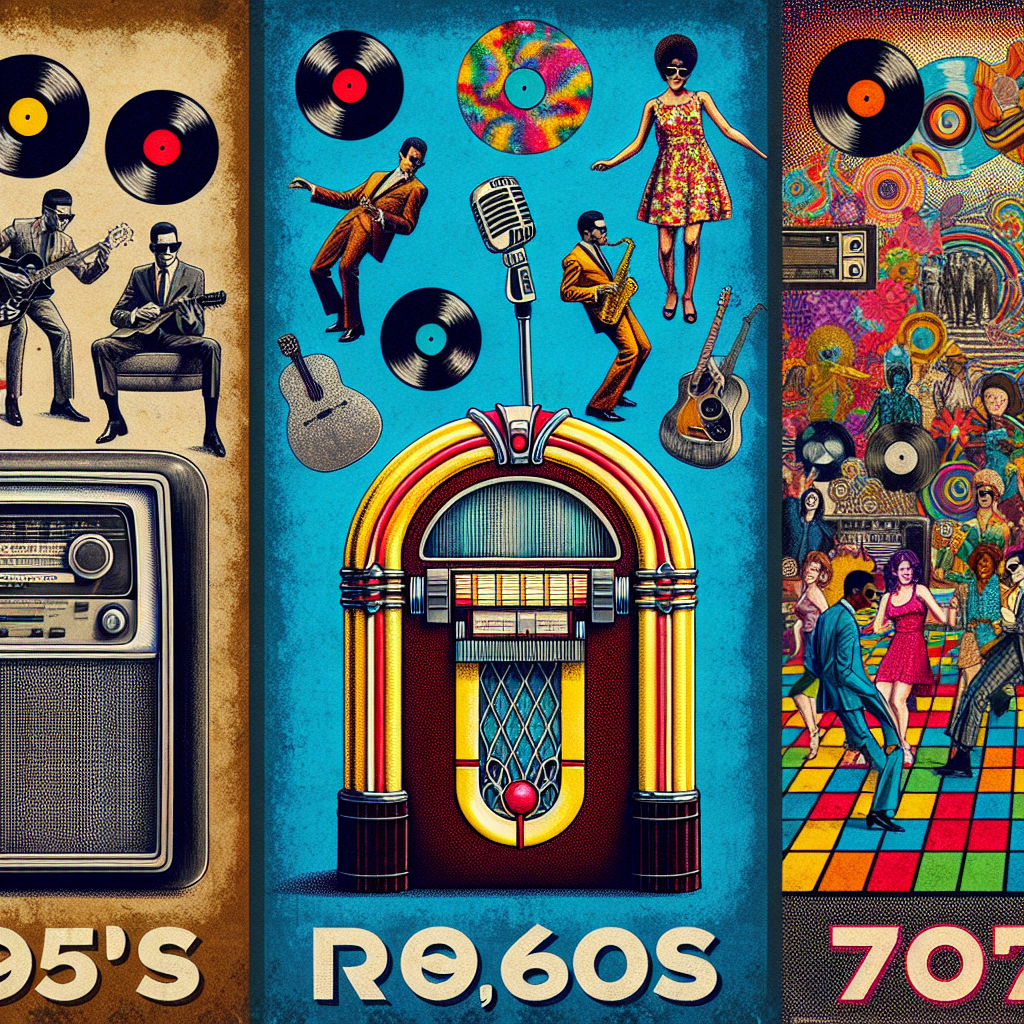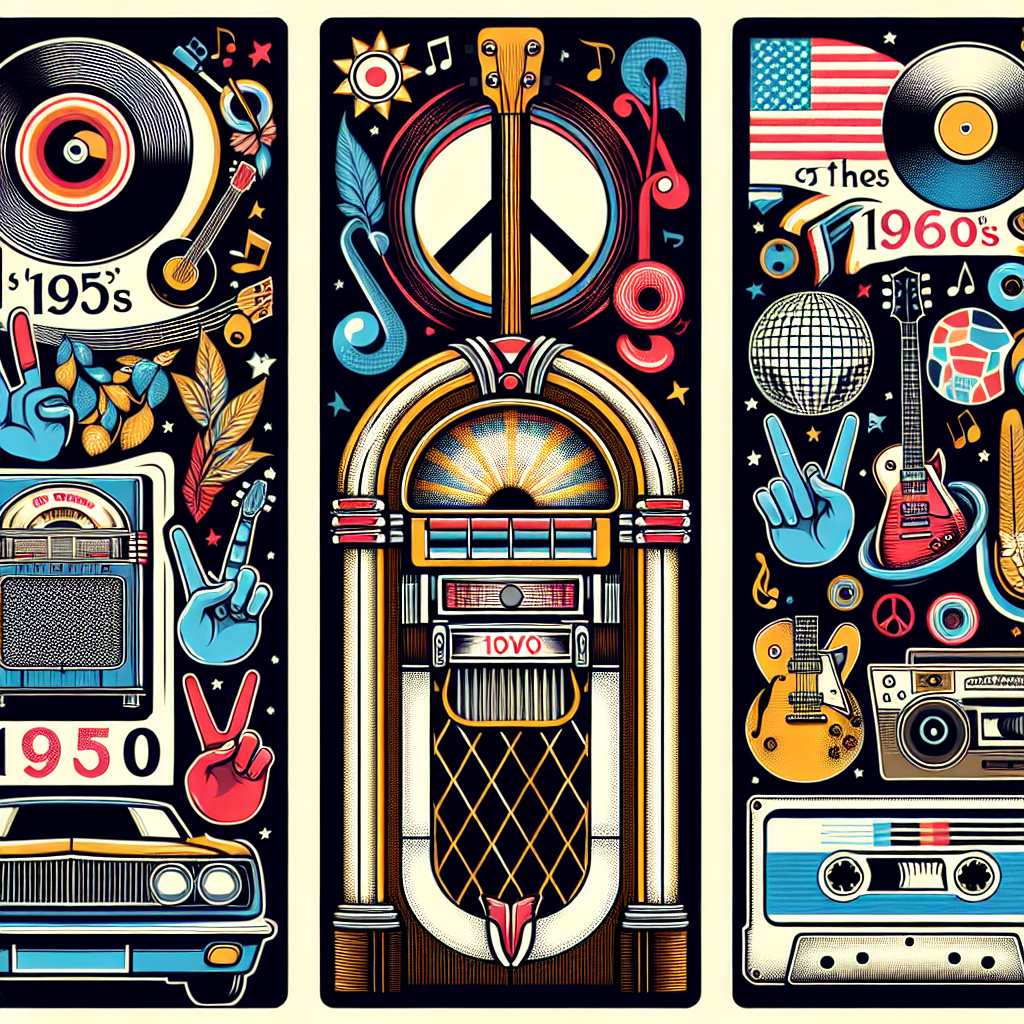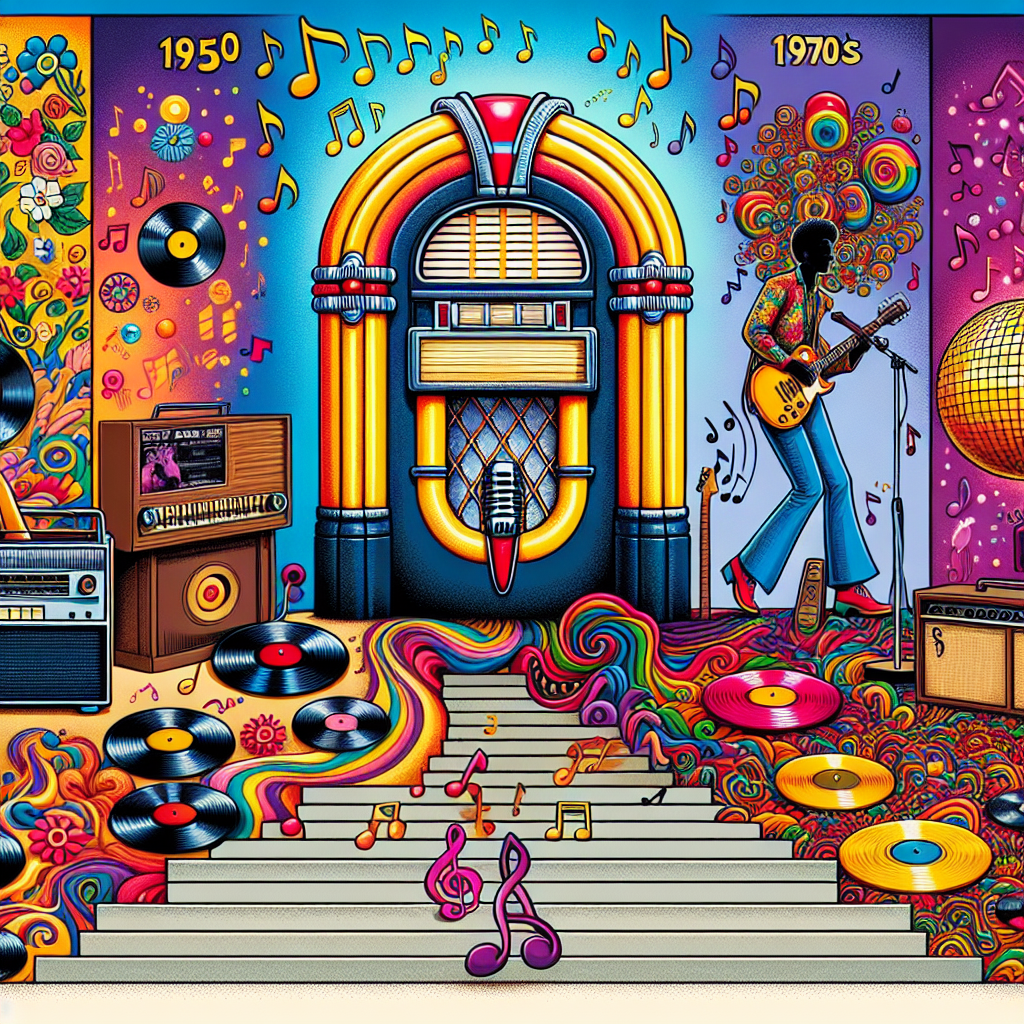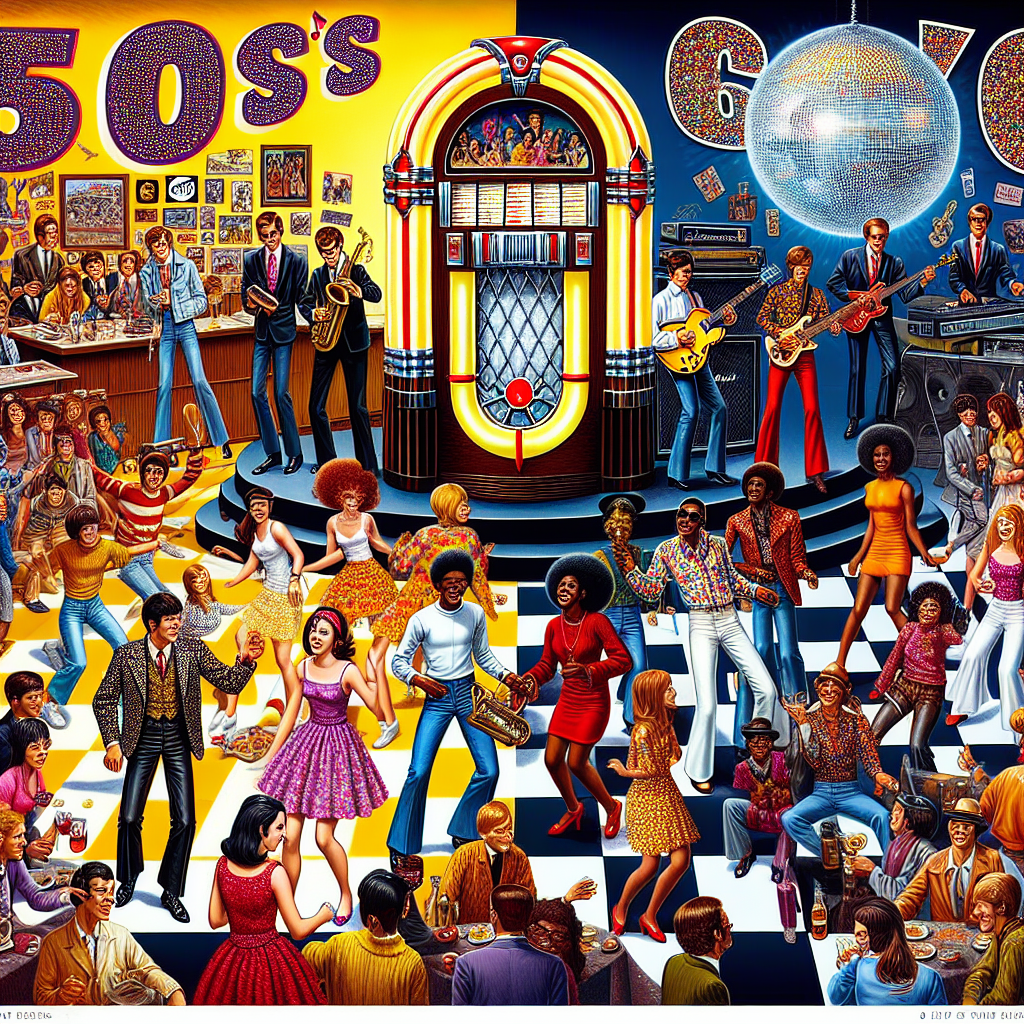Music has always been a powerful force in shaping culture and society. From the smooth harmonies of doo-wop to the pulsating beats of disco, the 50’s, 60’s, and 70’s were decades filled with diverse and influential music that reflected the changing times. Let’s take a closer look at how music evolved during these three decades and its impact on culture.
The 1950s: The Rise of Doo-Wop
The 1950s saw the rise of doo-wop music, characterized by its tight harmonies and catchy melodies. Groups like The Platters, The Drifters, and The Coasters dominated the charts with their soulful vocals and infectious rhythms. Doo-wop music provided an escape for many people during a time of social unrest and political upheaval.
Culture:
Doo-wop music brought people together across racial lines, as both black and white artists collaborated to create timeless hits. This fusion of musical styles helped to break down barriers and promote unity among different communities.
Politicians:
Politicians often used doo-wop music as a way to connect with voters during their campaigns. Songs like “Earth Angel” by The Penguins or “In the Still of the Night” by The Five Satins became anthems for young people looking for change in their society.
Fashion:
The fashion trends of the 1950s were also heavily influenced by doo-wop music. Poodle skirts, leather jackets, and slicked-back hair became popular among teenagers who wanted to emulate their favorite singers from that era.
Technology:
Advancements in technology allowed for greater distribution of doo-wop music through radio and television. This increased exposure helped propel many artists to stardom and solidify their place in music history.
The 1960s: A Time of Revolution
The 1960s was a decade marked by social upheaval and cultural revolution. Music played a central role in shaping this turbulent period, with genres like rock ‘n’ roll, folk, and psychedelic rock dominating the airwaves.
Culture:
Artists like Bob Dylan, The Beatles, and Jimi Hendrix used their platform to speak out against injustice and advocate for peace. Their lyrics resonated with a generation seeking change in a world torn apart by war and civil rights struggles.
Politicians:
Politicians found it increasingly difficult to ignore the power of music in mobilizing young voters. Songs like “Blowin’ in the Wind” by Bob Dylan or “Revolution” by The Beatles became rallying cries for those demanding social reform.
Fashion:
The fashion trends of the 1960s reflected the rebellious spirit of the times. Tie-dye shirts, bell-bottom pants, and fringe jackets became symbols of counterculture movements that challenged traditional norms.
Technology:
The advent of color television allowed for more visually stimulating performances from musicians on shows like “The Ed Sullivan Show” or “American Bandstand.” This newfound exposure helped elevate artists to superstar status overnight.
The 1970s: The Golden Age of Disco
The 1970s ushered in a new era of danceable music known as disco. Artists like Donna Summer, Bee Gees, and Gloria Gaynor ruled the charts with their infectious grooves and glamorous personas.
Culture:
Disco music provided an escape for many people looking to forget about their troubles on the dance floor. Clubs like Studio 54 became hotspots for celebrities and everyday folks alike looking to let loose after a long week.
Politicians:
Even politicians couldn’t resist getting in on the disco craze. Figures like President Jimmy Carter hosted events at the White House featuring live performances from disco acts like Chic or ABBA.
Fashion:
The fashion trends of the 1970s were all about glitz and glamour. Sequined dresses, platform shoes, and oversized sunglasses were must-have items for anyone wanting to make a statement on the dance floor.
Technology:
Advancements in sound equipment allowed for bigger productions when it came to disco concerts. Flashy light shows, elaborate stage setups, and booming sound systems created an immersive experience for concertgoers looking to get lost in the music.
